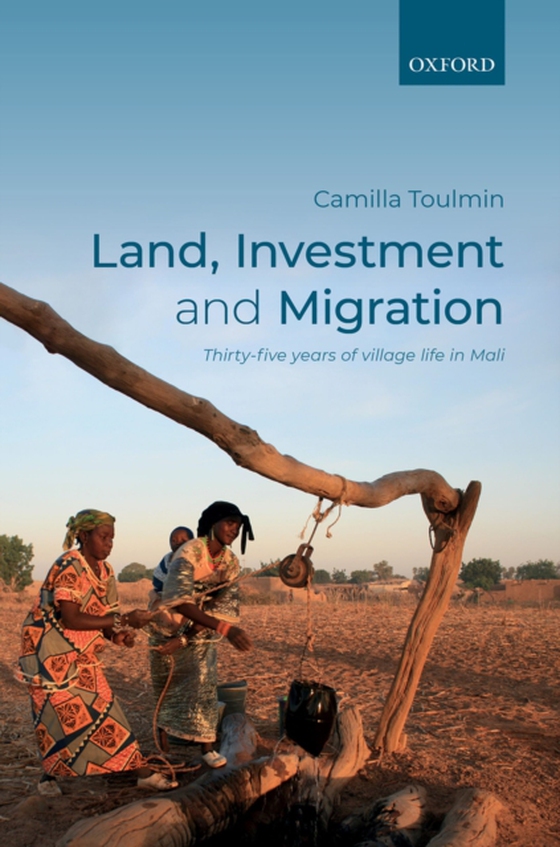
Land, Investment, and Migration e-bog
619,55 DKK
(inkl. moms 774,44 DKK)
How do people survive and thrive in the uncertain and risk-prone Sahel? Land, Investment, and Migration seeks to answer this question through a long-term study of the people of Dlonguebougou in Central Mali. It uses a combination of infographics, satellite images, interviews, and survey data to present the strategies and fortunes of individuals and their families in this region over 35 years. ...
E-bog
619,55 DKK
Forlag
OUP Oxford
Udgivet
9 januar 2020
Længde
272 sider
Genrer
1HFDM
Sprog
English
Format
epub
Beskyttelse
LCP
ISBN
9780192594303
How do people survive and thrive in the uncertain and risk-prone Sahel? Land, Investment, and Migration seeks to answer this question through a long-term study of the people of Dlonguebougou in Central Mali. It uses a combination of infographics, satellite images, interviews, and survey data to present the strategies and fortunes of individuals and their families in this region over 35 years. In the early 1980s Camilla Toulmin spent two years in Dlongubougou. She has since revisited to explore how climate change, population growth, new technologies, and land-grabs have been affecting the livelihoods and prospects of local people since. Land, Investment, and Migration: Thirty-five Years of Village Life in Mali brings together her findings. A trebling in population, unpredictable rainfall, and the arrival of Chinese investment have forced people into new ways of makingends meet and building up wealth - some doing much better than others. This book presents the search for new cash incomes, the shift of people from village to town, and the erosion of collective solidarity at household and village levels. Land, Investment, and Migration presents a mixed picture of a changing society. It shows the vibrancy of the village economy, rapid uptake of mobile phones and solar panels, and increased migration. It also shows the persistence of large family structures which offer some protection from the risks that many villagers face.
 Dansk
Dansk

